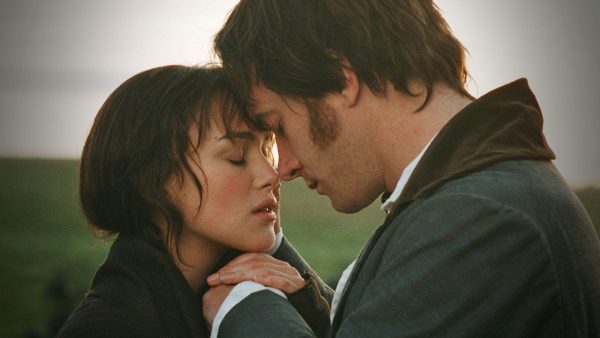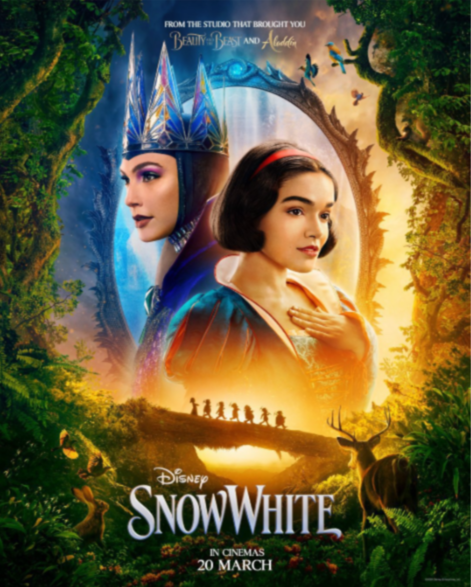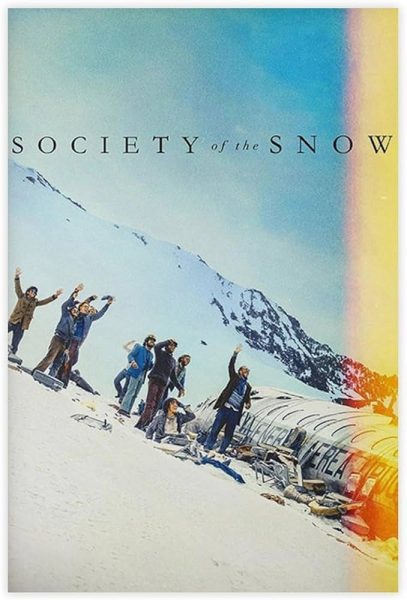Little Women Through the Ages: A Book to Movie Comparison

*This review contains spoilers*
Little Women by Louisa May Alcott is a story of love and its many forms, exploring heartbreak, grief, and femininity. The story follows sisters Meg (Emma Watson), Jo (Saorise Ronan), Beth (Eliza Scanlan), and Amy (Florence Pugh) throughout the course of their lives, starting with their teenage years and coming to a close when they are in their twenties. The narrative primarily revolves around Jo, who struggles with society’s views on femininity and spends her teenage years rejecting it as much as she can. This refusal to compromise leads her to success with her budding writing career, but it also has some consequences; She encounters fallouts with her sisters, who embrace more traditional paths, and she struggles with balancing romance and independence when dealing with her best friend Laurie (Timothèe Chalamet) and his love for her.
Greta Gerwig’s adaptation of this story was very true to the novel but had its differences. Although there were no major variations in plot, the story isn’t told chronologically like it is in the book. Instead, the story begins with the characters as adults and has consistent flashbacks to their teen years. By opening the story with Jo as an adult and getting her first novel idea rejected because the female characters did not end up “married or dead”, Gerwig gave an adequate introduction into who Jo is as a character and the struggles she faces in a fight for independence, while always providing the foundation for her development throughout the film. Following this, Jo’s sisters are shown in their adult lives and are given a short little introduction as well. The story continues and follows the events of the ending of the book after Beth’s illness worsens. When moments pop up that parallel one from prior in the girls’ story, a flashback will occur. Gerwig’s use of color and lighting along with changes in the actors’ portrayal of their characters and their hairstyles succeeds in showing this timeline in an unconfusing manner.
To show a shift in time, there would be a change in the color grade and lighting of the scenes. The color grade during the girls’ younger years are warmer and brighter, while the one during their adult lives is the opposite, gloomy and cool. Not only was color and light used to show a change in time, it also reflected Jo’s happiness with her life. In her younger years, the colors were much warmer and the light was much brighter, to show that during this part of her life she was much happier. This was prior to her sister falling ill with scarlet fever and her loss of her best friend, Laurie, after rejecting his marriage proposal. The atmosphere in her adult years is much gloomier, reflecting how she is losing confidence in her ability of becoming a writer and making her fortune on her own and her dealing with the grief of losing her sister and best friend, the two people she loved most.
Personally, I loved this adaptation of Louisa May Alcott’s classic novel. I think it accurately portrayed the story and the relationship between the characters very well. The alternating timeline helped to keep the audience engaged throughout the film, waiting to see how everything intertwined. The film was also very immersive; at times while watching I forgot I was in a movie theatre in 21st century America instead of Massachusetts in 19th century America. Overall, I don’t think I prefer the book or movie over one another. They tell the same exact story, with all the events from the book being unchanged in the movie. If someone would want to re-explore the tale of Little Women, they could do so quickly by watching the movie and still get the same story out of it as if they chose to reread the book, with the addition of a slightly modernized and feminist lens. That’s what makes this adaptation special and different from other book-to-movie adaptations, and with that I think that Greta Gerwig’s portrayal was perfect.











